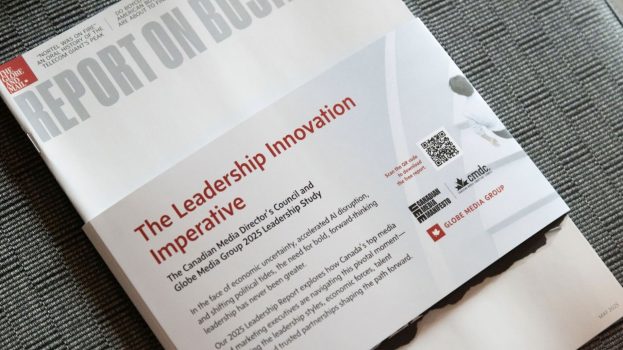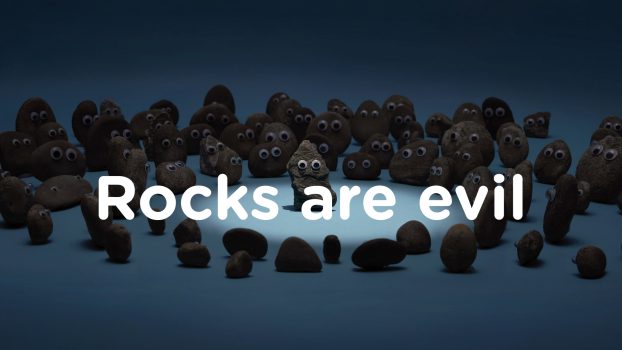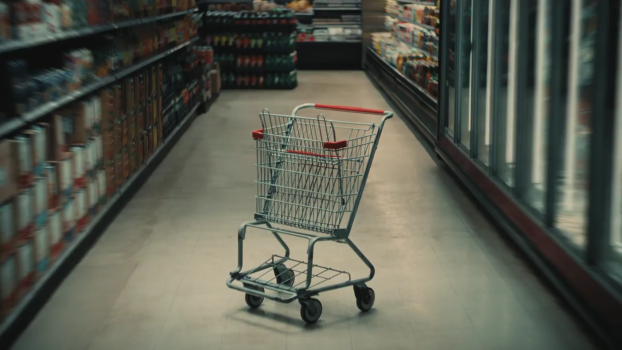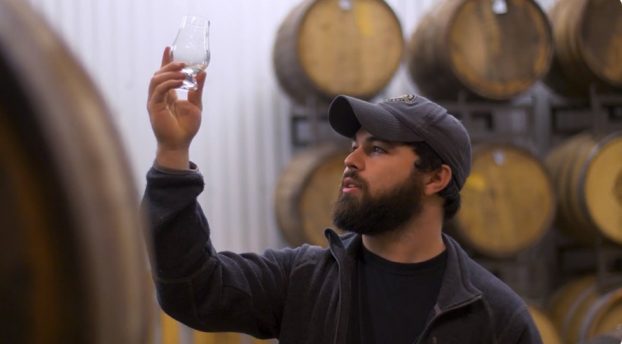Updating his analysis based on Statistics Canada numbers from November, retail consultant Ed Strapagiel has shown 2015’s 2.3% growth in sales to be the lowest annual growth seen in Canada since the “Great Recession” of 2009.
The total growth in sales was also half of the 4.6% growth seen in 2014.
The slip in sales growth was a continuation of year-over-year declines seen throughout the year. However, the three-month trend appears to be stabilizing and even seeing a slight increase, which Strapagiel says may signal the end of the current cycle and give reason for optimism going into 2016.
The factors impacting automotive and gasoline sales, the biggest contributor to this year’s decline, remain the same: falling gas prices have led to similar low sales at gas pumps. Supermarkets and other grocery stores also struggled, with sales down 4.5% in November, year over year. Sales for electronics and appliances have flatlined, recording just 0.1% increase.
On the bright side, health and personal care stores continued to see growth, rising 7.4% compared to last November, their best single-month gain since 2011. Store merchandise sales look to finish with a 4.2% annual gain in sales, also a five-year high, led by a 6.8% growth in clothing sales, 6.6% growth in hardware and garden and 5.4% growth in furniture. And while falling gasoline prices may be hurting retail overall, they also seem to be making Canadians more willing to make automobile purchases: dealers’ sales were up 13.7% year-over-year in November.
Overall, excluding automotive and gasoline from sales numbers, the annual growth was 3.7%, roughly the same as it was in 2014, which makes the outlook slightly more optimistic, especially if economic concerns and gasoline prices begin to stabilize. Strapagiel points out, however, that the three-month trend is underperforming, which suggests sales growth may remain soft for a period of time before it comes back.
























